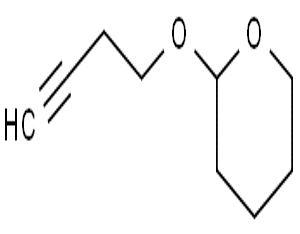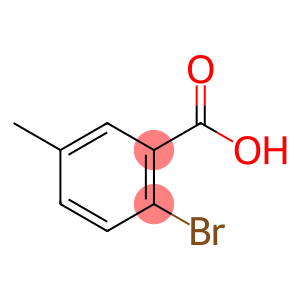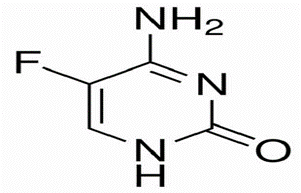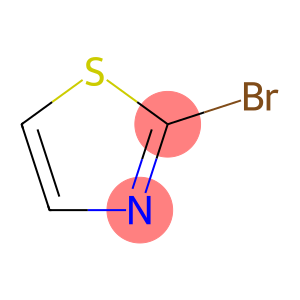Salicylaldehyde(CAS#90-02-8)
| Risk Codes | R21/22 – Harmful in contact with skin and if swallowed. R36/38 – Irritating to eyes and skin. R68 – Possible risk of irreversible effects R36/37/38 – Irritating to eyes, respiratory system and skin. R20/21/22 – Harmful by inhalation, in contact with skin and if swallowed. R51 – Toxic to aquatic organisms R36 – Irritating to the eyes R51/53 – Toxic to aquatic organisms, may cause long-term adverse effects in the aquatic environment. R22 – Harmful if swallowed |
| Safety Description | S26 – In case of contact with eyes, rinse immediately with plenty of water and seek medical advice. S36/37 – Wear suitable protective clothing and gloves. S36/37/39 – Wear suitable protective clothing, gloves and eye/face protection. S36 – Wear suitable protective clothing. S61 – Avoid release to the environment. Refer to special instructions / safety data sheets. S64 - S29/35 - |
| UN IDs | 3082 |
| WGK Germany | 2 |
| RTECS | VN5250000 |
| FLUKA BRAND F CODES | 8-10-23 |
| TSCA | Yes |
| HS Code | 29122990 |
| Hazard Class | 6.1(b) |
| Packing Group | II |
| Toxicity | MLD in rats (mg/kg): 900-1000 s.c. (Binet) |
Introduction
Salicylaldehyde is an organic compound. The following is an introduction to the properties, uses, preparation methods and safety information of salicylaldehyde:
Quality:
- Appearance: Salicylaldehyde is a colorless to yellowish liquid with a special bitter almond aroma.
- Solubility: Salicylaldehyde has a high solubility in water and is also soluble in most organic solvents.
Use:
- Flavors and flavors: Salicylaldehyde has a unique bitter almond aroma and is commonly used in perfumes, soaps and tobacco as one of the components of fragrance.
Method:
- In general, salicylaldehyde can be produced from salicylic acid through redox reactions. The most commonly used oxidant is acidic potassium permanganate solution.
- Another preparation method is to obtain salicylyl alcohol ester by chlorination ester of phenol and chloroform catalyzed by hydrochloric acid, and then to obtain salicylaldehyde by hydrolysis reaction catalyzed by acid.
Safety Information:
- Salicylaldehyde is a harsh chemical and should be avoided from direct contact with the skin and eyes.
- When using or handling salicylaldehyde, maintain good ventilation conditions and avoid inhalation of its vapors.
- When storing salicylaldehyde, it should be kept in an airtight container, away from ignition and oxidants.
- If salicylaldehyde is ingested or inhaled by mistake, seek medical assistance immediately.








